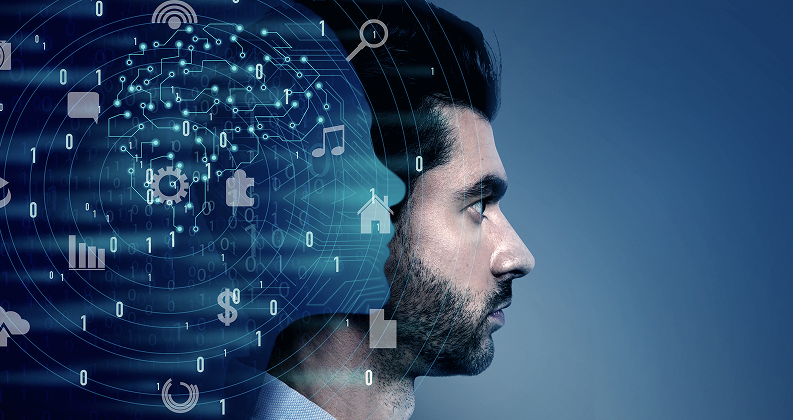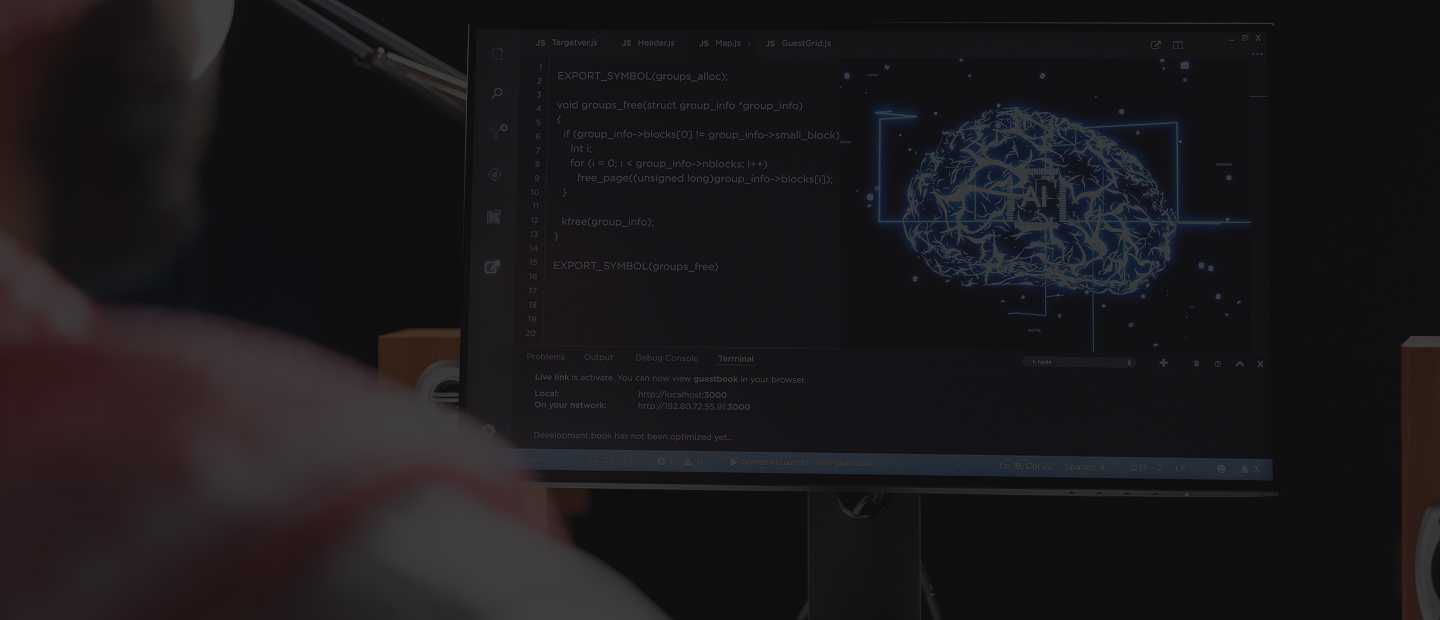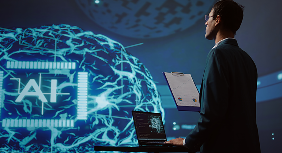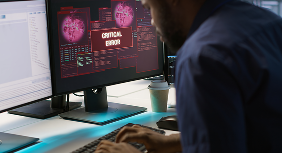Introduction
Traditionally, finding and fixing these vulnerabilities required time-consuming manual reviews and static scanners that often missed the bigger picture. Now, machine learning is rewriting that story by helping developers detect and resolve weaknesses as the code is being written.
This is not just a shift in tools. It is a transformation in how we think about secure software development.
Vulnerabilities Are Evolving. So Should Detection.
For years, developers have relied on code reviews, pattern matching, and static analysis to catch errors. These methods are useful, but they often fail to scale with the pace of modern development. As software becomes more distributed and AI-driven itself, traditional scanners struggle to keep up.
What happens when a threat is brand new? What about logic errors that do not match any known pattern? Human reviewers might spot some of them, but many slip through, especially in fast-moving projects with large teams. Machine learning does not just scan for known issues. It learns from past examples, identifies new ones, and keeps evolving along with the codebase.

How Machine Learning Identifies Vulnerabilities
Machine learning brings something unique to secure software development: it can spot risks based on probability and behavioral patterns rather than fixed rules. Here are a few ways it makes a difference.
Pattern Recognition with a Brain
Unlike rule-based systems, machine learning models are trained on huge datasets that include both secure and vulnerable code.
Anomaly Detection in Real Time
Machine learning can monitor live coding sessions or automated builds. If something deviates from the usual safe patterns, the model raises a flag.
Context-Aware Suggestions
Instead of simply flagging an issue, a good machine learning system can also suggest alternatives. For example, if a developer writes an insecure SQL query, the model can recommend using parameterized queries or existing secure libraries.
Learning from Mistakes
Every time a vulnerability is fixed, the machine learning model can be updated. This creates a feedback loop where the system gets smarter over time, just like a human developer would after years of experience.
Fixing Bugs Before They Break Things
One of the biggest advantages of machine learning is that it brings security forward in the development cycle. Instead of discovering bugs during a post-deployment scan, developers get real-time feedback while writing code. This shift is not just convenient. It is cost-effective.
Studies show that fixing a bug during development is at least five times cheaper than fixing it after deployment. When machine learning models work alongside developers, they prevent small mistakes from becoming expensive disasters. Think about a developer working on an e-commerce backend. A minor misstep in input validation could open the door to injection attacks.
Developers Are Still in Control
Machine learning is powerful, but it is not perfect. It is a guide, not a boss. Developers still need to apply judgment, review suggestions, and fine-tune their code for performance and clarity.
What machine learning does best is assist. It reduces noise, automates routine checks, and brings attention to the most likely problem areas. This allows developers to focus on creativity, logic, and user experience without sacrificing security. Secure software development becomes part of the creative process, not a barrier to it.

Challenges Worth Keeping in Mind
Machine learning models are not immune to overreacting. Sometimes they flag safe code, especially if the data they were trained on lacked context. This can frustrate developers and lead to alert fatigue.
Training Data Quality
Bad data means bad results. If the machine learning model is trained on outdated or biased examples, its suggestions may be off-target or even unsafe.
Model Transparency
Developers need to trust the system. That means understanding why a suggestion was made. Models that explain their logic are more likely to be accepted and used properly.
Context Awareness
AI suggestions need to account for the specific coding environment, project requirements, and security policies. Without proper context, even technically correct code might introduce new risks.
Ongoing Model Updates
Threat landscapes evolve quickly. AI models must be regularly updated with new vulnerabilities and secure coding practices to remain effective over time.
Even with these challenges, the benefits far outweigh the downsideses pecially as models improve.
The Future of Secure Coding with Machine Learning
In the near future, secure software development will feel more like assisted writing. You will type a function, and your system will tell you if it is safe, efficient, and compliant. You will get suggestions as you code, and threat detection will feel as natural as spell-checking. Machine learning is not replacing developers. It is empowering them.
With intelligent tools by their side, developers will write stronger code, faster and with fewer risks. That means fewer vulnerabilities, fewer breaches, and greater trust from users.
Final Thoughts
Software security is no longer something that happens after coding. It happens during coding, supported by smart systems that understand context, behavior, and risk. Machine learning is not just an upgrade. It is a fundamental shift in how we create and protect technology.
By spotting and fixing vulnerabilities early, machine learning helps developers take secure software development to a whole new level. The code you write today should be safe tomorrow. And with machine learning, that goal is finally within reach.







